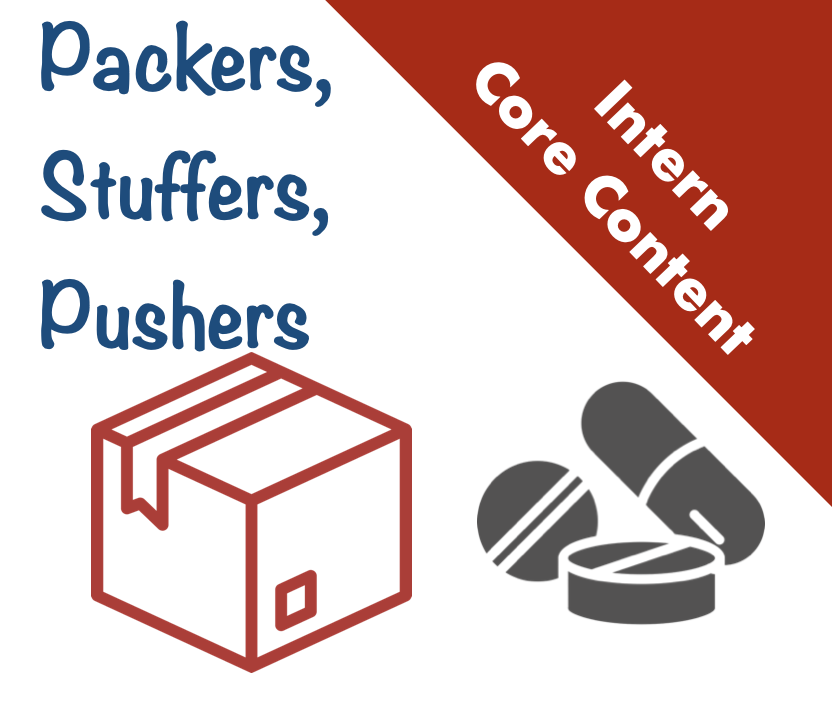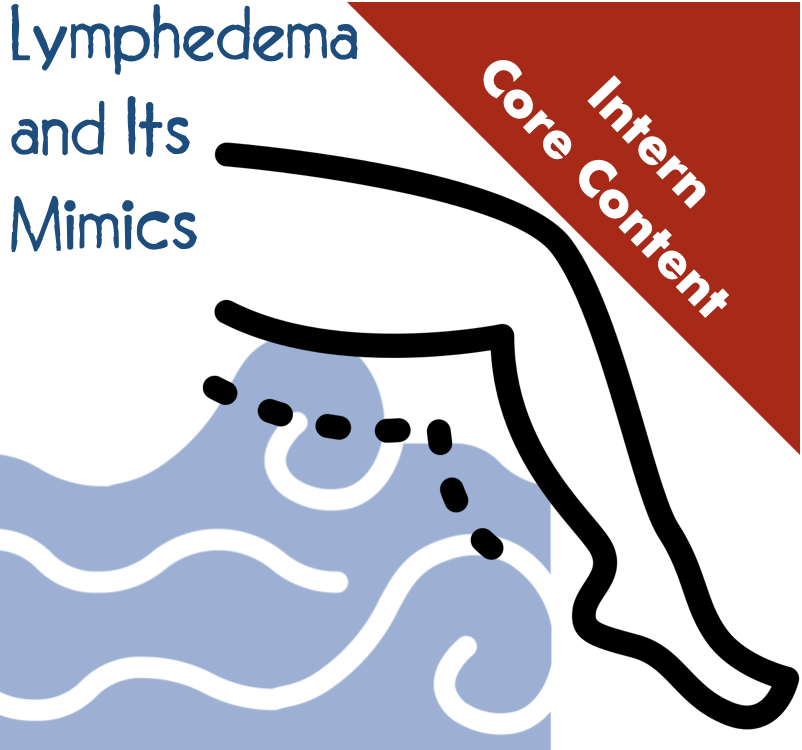Riding the Waves: End-Tidal CO2 Monitoring
/End-Tidal CO2 monitoring has a variety of uses in the Emergency Department. Whether used diagnostically or for monitoring of a patient’s physiology, clinicians must possess an understanding of the information that you can gather from EtCO2 waveform tracings. Knowing how to interpret the waveforms makes EtCO2 much more than a number, allowing the clinician to gain insight into minute to minute changes in a patients physiological state.
Read More


















